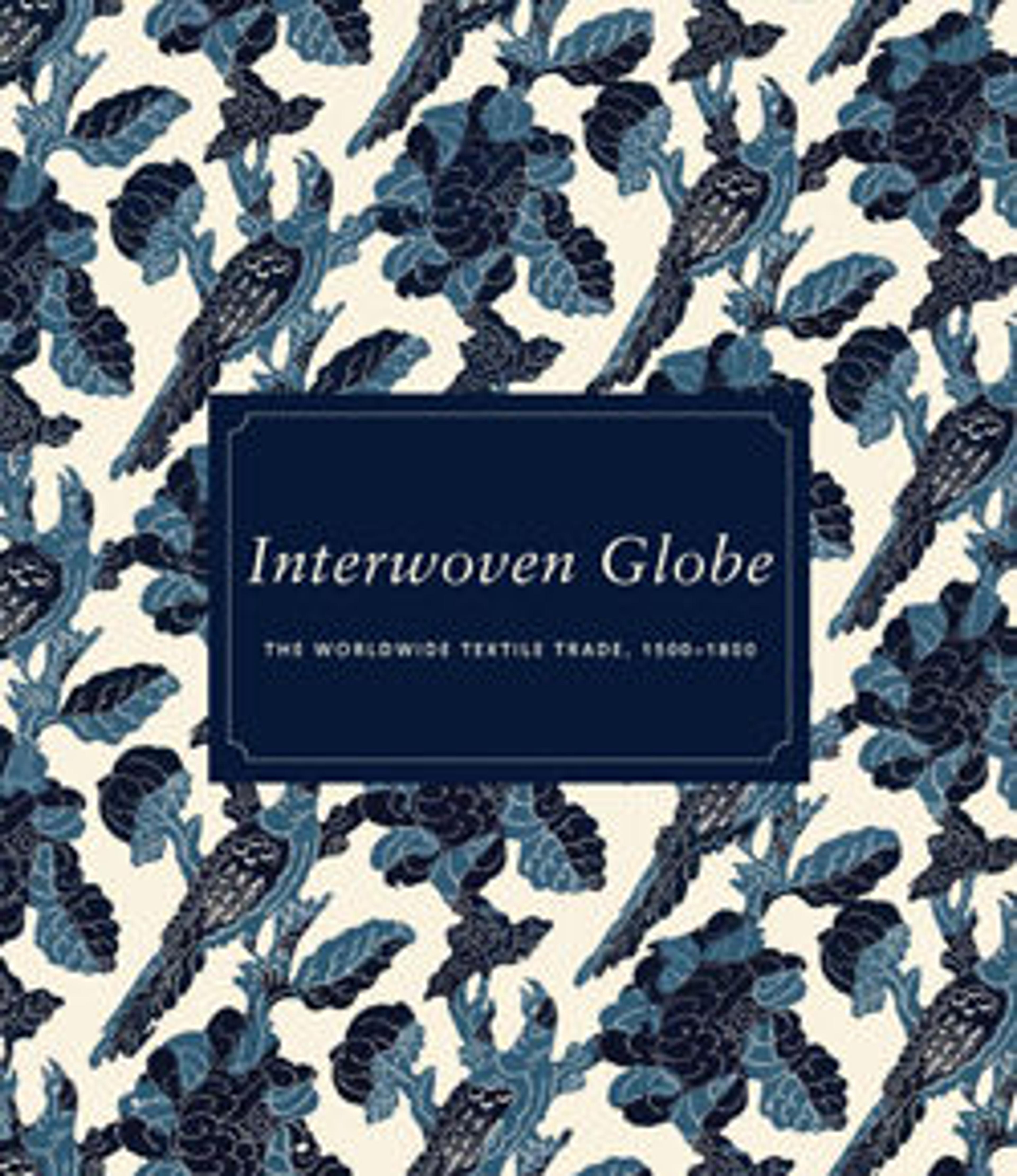Sash with Flowering Plants
Sashes like this one became popular in seventeenth-century Iran, where they were tied around the waist with the ends hanging down. The arrangement seen here is a common design, consisting of two end panels containing flowering plants separated by a field of narrow alternating bands of floral scrolls. Persian sashes were exported and became especially popular in Poland, one of Persia’s trading partners, where the wealthy elite wore them as accessories. The popularity of the sashes eventually prompted the founding of a number of textile workshops in Poland that produced local variations of the Safavid originals.
Artwork Details
- Title: Sash with Flowering Plants
- Date: 17th century
- Geography: Attributed to Iran, probably Kashan
- Medium: Silk, silver and gilded metal wrapped thread; taqueté, brocaded
- Dimensions: Textile: H. 164 in. (416.5 cm)
W. 24 7/16 in. (62 cm) - Classification: Textiles-Costumes
- Credit Line: Gift of George D. Pratt, 1933
- Object Number: 33.80.18
- Curatorial Department: Islamic Art
More Artwork
Research Resources
The Met provides unparalleled resources for research and welcomes an international community of students and scholars. The Met's Open Access API is where creators and researchers can connect to the The Met collection. Open Access data and public domain images are available for unrestricted commercial and noncommercial use without permission or fee.
To request images under copyright and other restrictions, please use this Image Request form.
Feedback
We continue to research and examine historical and cultural context for objects in The Met collection. If you have comments or questions about this object record, please complete and submit this form. The Museum looks forward to receiving your comments.
